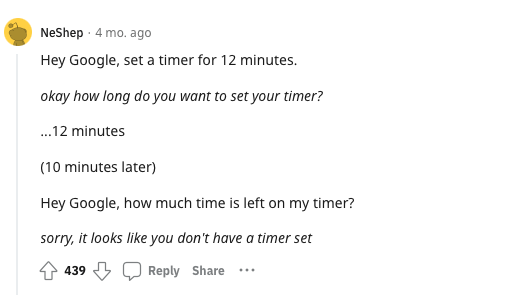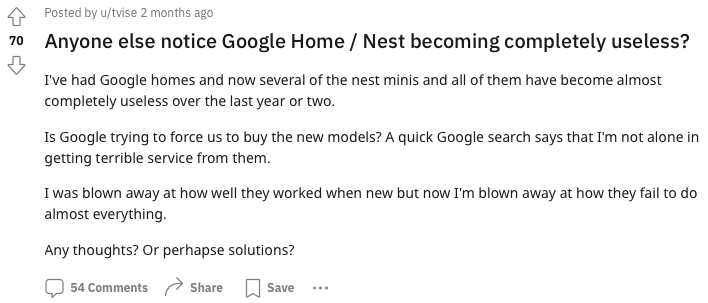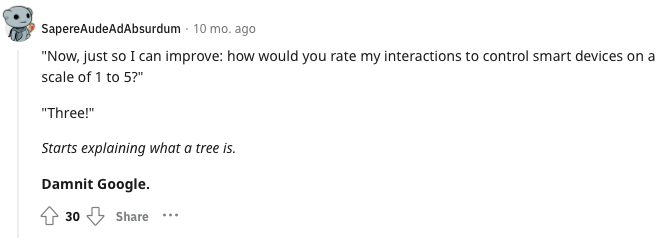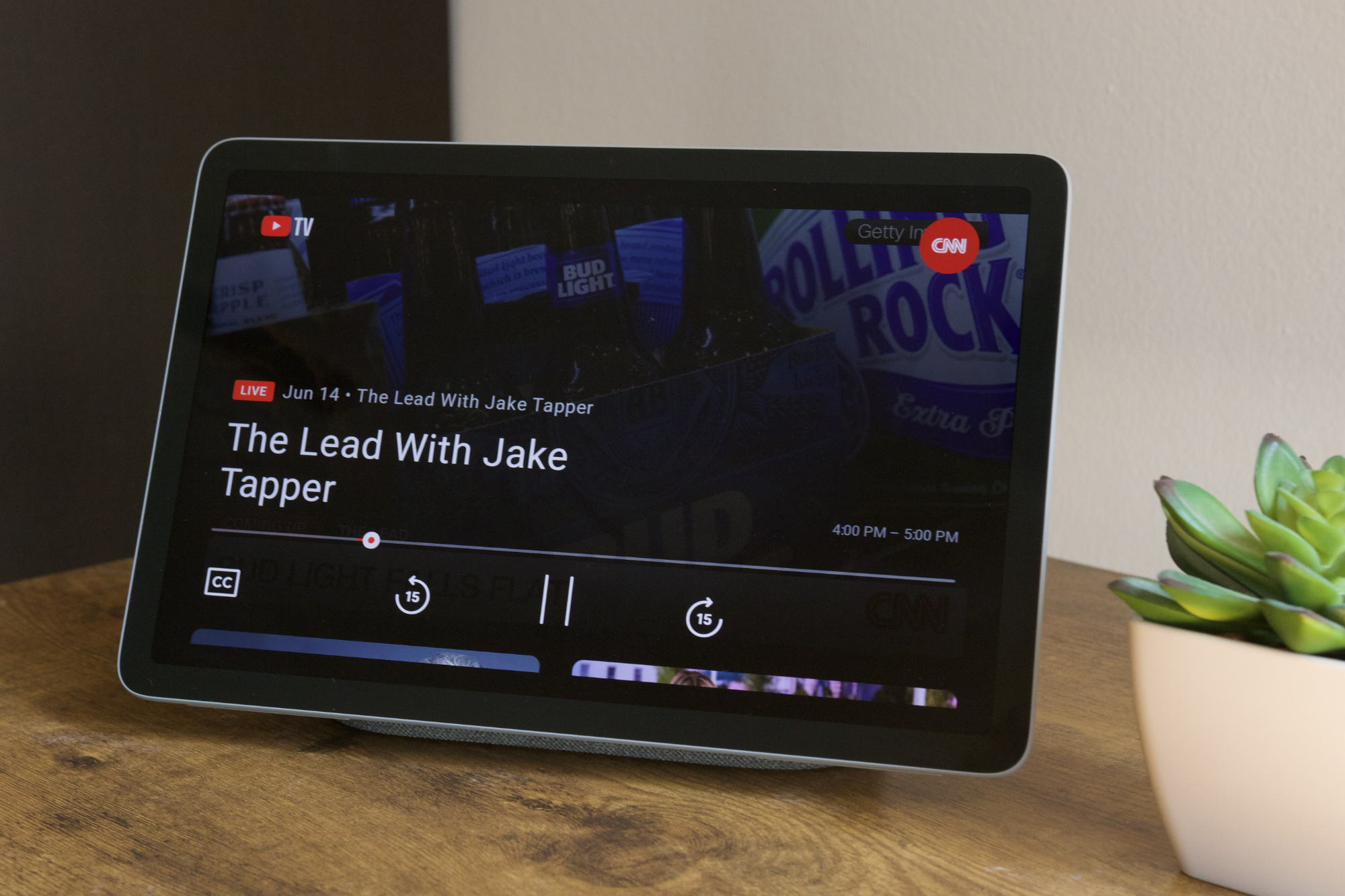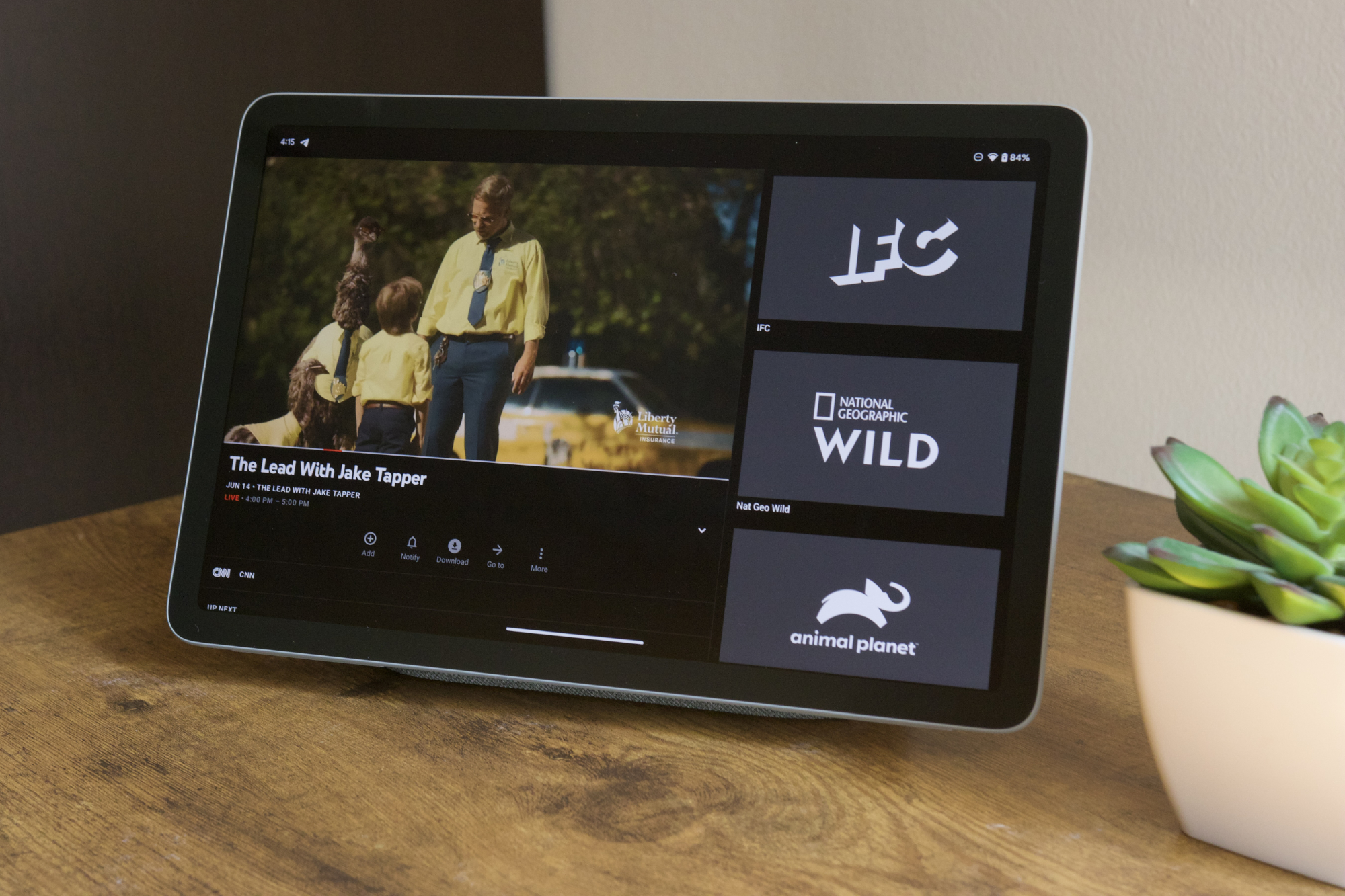
2023 felt like the year that Google Pixel devices really hit their stride. Pixel phones are better than ever. We finally have a Pixel smartwatch that’s worth buying. The Pixel Buds earbuds continue to improve with age. Overall, there wasn’t much to complain about.
But one Pixel this year sticks out like a sore thumb: the Google Pixel Tablet. Google decided 2023 was the year to get back into the tablet-making business, but as we all know by now, that didn’t exactly work out. The Pixel Tablet received mixed reviews when it launched in June, with my 2 out of 5-star review being one of the more negative ones.
I stopped using the Pixel Tablet shortly after my review was published on June 20, but I decided to set it up again about a month ago to see how it’s holding up in late 2023 — and to see if my opinion had changed.
What the Pixel Tablet still does well

Before I lay too hard into the Pixel Tablet (which I will), I want to give Google credit for things it got right.
Although the Pixel Tablet’s design didn’t do much for me when I first used it this summer, it has grown on me a bit. It’s still extremely simple, but I’ve learned to appreciate the sheer practicality of what Google achieved here. The nano-ceramic coating makes the Pixel Tablet extremely comfortable to hold, even for long stretches of time. I don’t pick up the Pixel Tablet as often as it sits in its charging dock, but whenever I do, I love the way it feels.

The Google Pixel Tablet also has a design feature I still haven’t seen on any other tablet in 2023: small rubber feet on its bottom frame. If you prop the Pixel Tablet against a wall, water bottle, etc., the feet help keep it securely in place so it doesn’t slide around. It’s perfect for when you want to watch whatever’s on the screen while you’re doing something else, and I can’t believe other companies haven’t done this before. Those feet are also great for keeping the Pixel Tablet safe when it falls off its charging dock … which still happens.
Speaking of the charging dock, I continue to think it sounds great for what it is. I frequently use the Pixel Tablet with the charging dock to watch YouTube TV while cooking dinner, and I’ve never been disappointed with the dock’s audio quality. It’s nothing mind-blowing, but it’s infinitely better than normal tablet speakers.
Where things go downhill

Unfortunately, that’s where my niceties for the Google Pixel Tablet come to an end. A lot about the tablet still doesn’t work, and it starts with the hardware.
The Google Pixel Tablet is best used as a content consumption device. However, I don’t think it’s particularly good at it. The 11-inch LCD display is fine, but it’s far from the first screen I choose when I want to sit down and really watch a show or play a game. The max brightness leaves a lot to be desired, and the lack of a 90 or 120Hz refresh rate means scrolling and other animations often look choppy (at least to my eyes). I didn’t like the 60Hz refresh rate when I first reviewed the Pixel Tablet, and I still don’t like it all these months later.
The Tensor G2 processor has also been somewhat lackluster. It hasn’t been as buggy as the Google Pixel 7, but I’ve still had issues with the Quick Settings freezing, apps crashing, and the tablet heating up quickly while watching a video or playing a game like Marvel Snap. It’s especially disappointing, considering the newer Tensor G3 chip has proven to be significantly better than its predecessor. An upgraded chipset wouldn’t have solved all of the Pixel Tablet’s problems, but if Google had waited just a few more months, it could have equipped the Pixel Tablet with much better silicon.
The Google Assistant problem

All of those things are annoying, but they aren’t the main reason I struggle to use the Google Pixel Tablet so much. No, that award goes to the Google Assistant.
These complaints could be attributed to my particular Pixel Tablet being a fluke, but a quick Google Search reveals no shortage of other people complaining about the Google Assistant — whether it’s about how the Assistant works on Nest Hubs or other Pixel devices. The
A flaky voice assistant typically isn’t the end-all-be-all for an Android tablet, but it’s a much more serious issue when your tablet is also supposed to double as a smart display. I just can’t trust the Pixel Tablet always to do what I want when I ask the Assistant something. As you’d imagine, that makes living with the Pixel Tablet an aggravating experience.
Master of none
There’s also the ongoing issue of the Google Pixel Tablet living a double life. As I stated in my review, I love the concept of a tablet and smart display combo device. In practice, however, it’s a messy experience.
Even all these months later, the Pixel Tablet still has a hard time juggling both of these identities. Depending on a slight variation in how you issue a command to the Assistant, you can get drastically different results.
The video playback complaint from my review still holds true today. If I say, “Play ESPN on
And that’s not all. Sometimes, when I ask the Pixel Tablet to set a timer, I get a big, easy-to-see timer like I’d expect from a smart display. Other times, it sets a timer from the
I still believe there’s a world where a tablet/smart display hybrid makes sense. But in late 2023, the Pixel Tablet still isn’t filling those roles successfully.
What’s the future of the Pixel Tablet?

Using the Google Pixel Tablet again has left a big question on my mind: Where does Google go from here?
If Google wants to make a Pixel Tablet 2, whether that’s in 2024 or further down the road, the company has its work cut out for it. Google doesn’t just need to give a next-gen Pixel Tablet a nicer screen and a faster processor; it also has to do serious work on the
The problem with that is Google’s current relationship with the Assistant. Complaints around the
Google has the potential to make 2024 an incredible year for Pixel devices, but if it wants to keep that momentum going, I’m not sure the Pixel Tablet should be a part of it.
